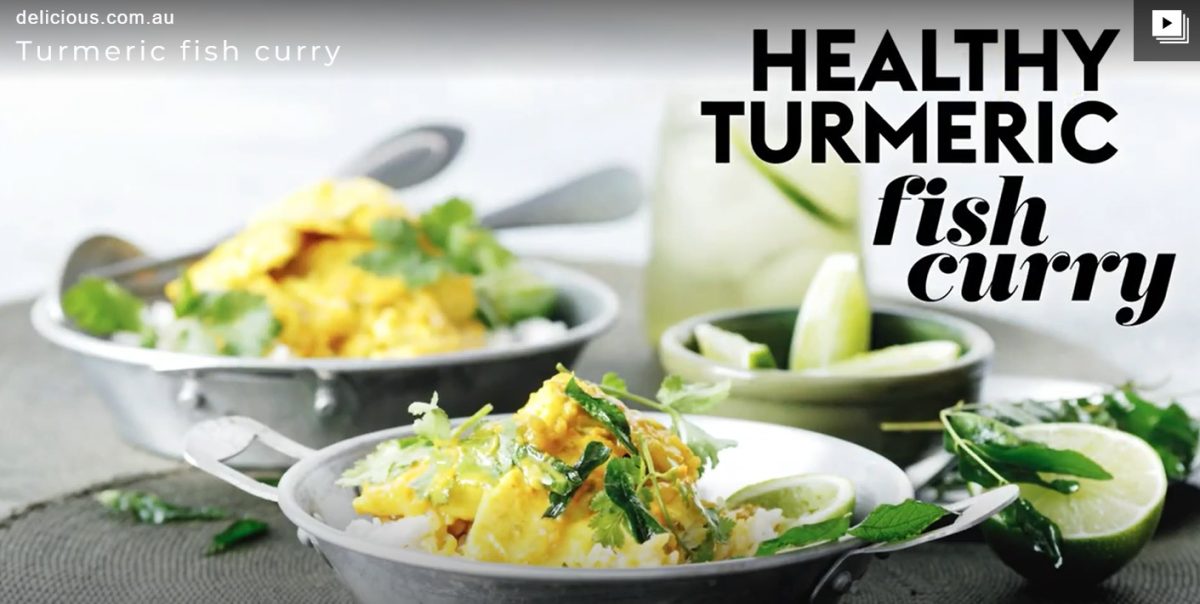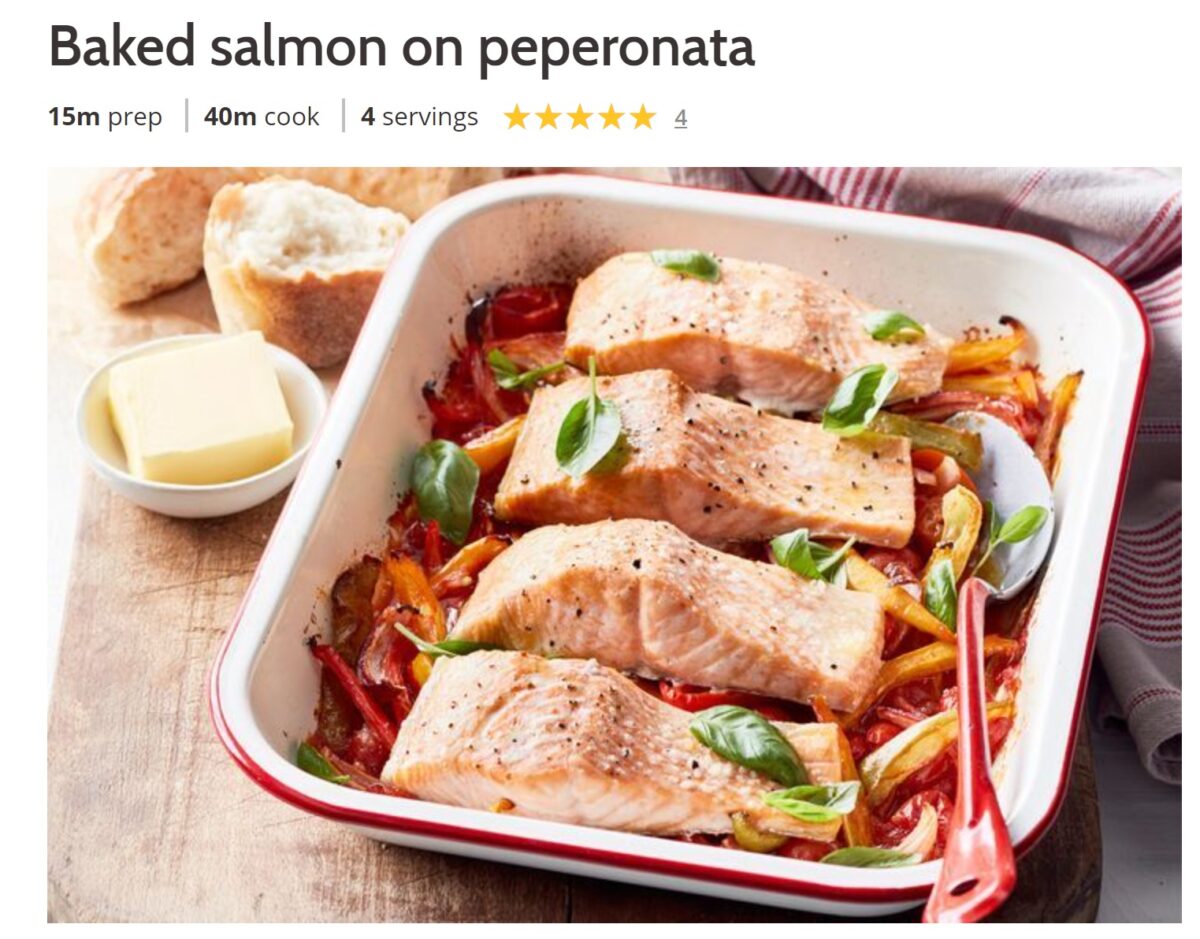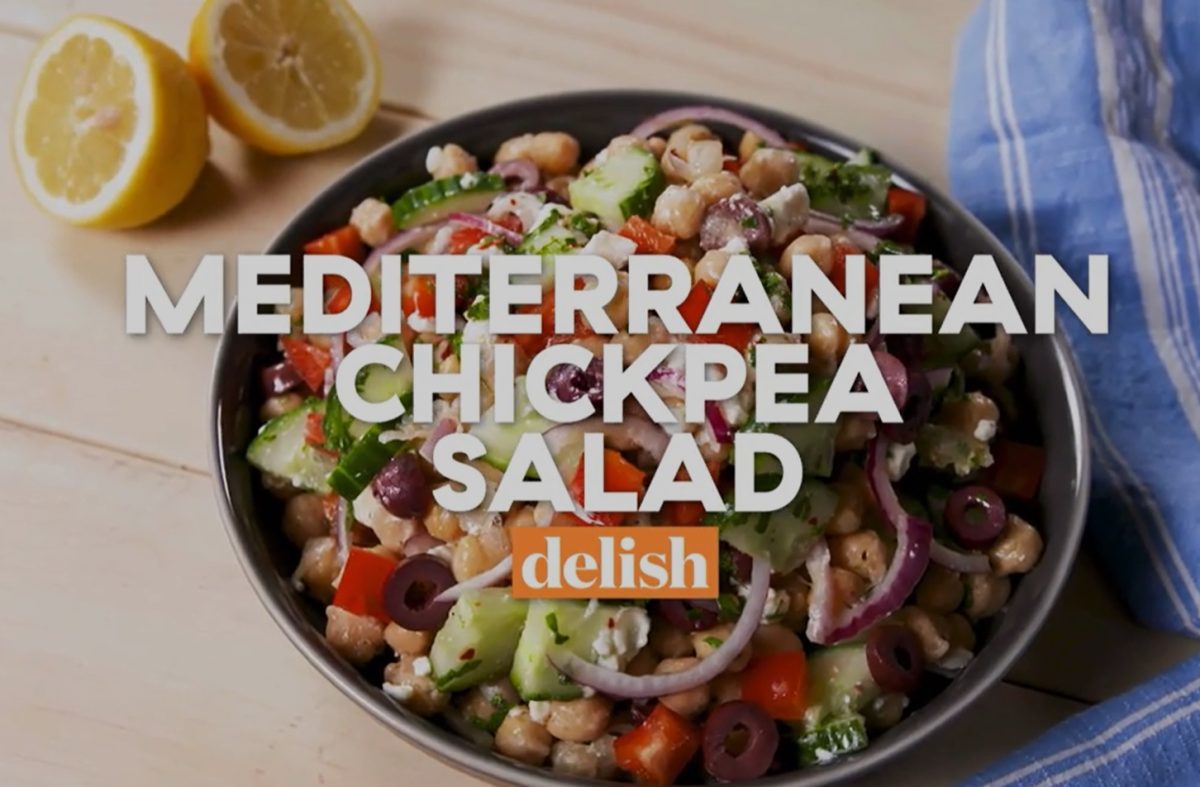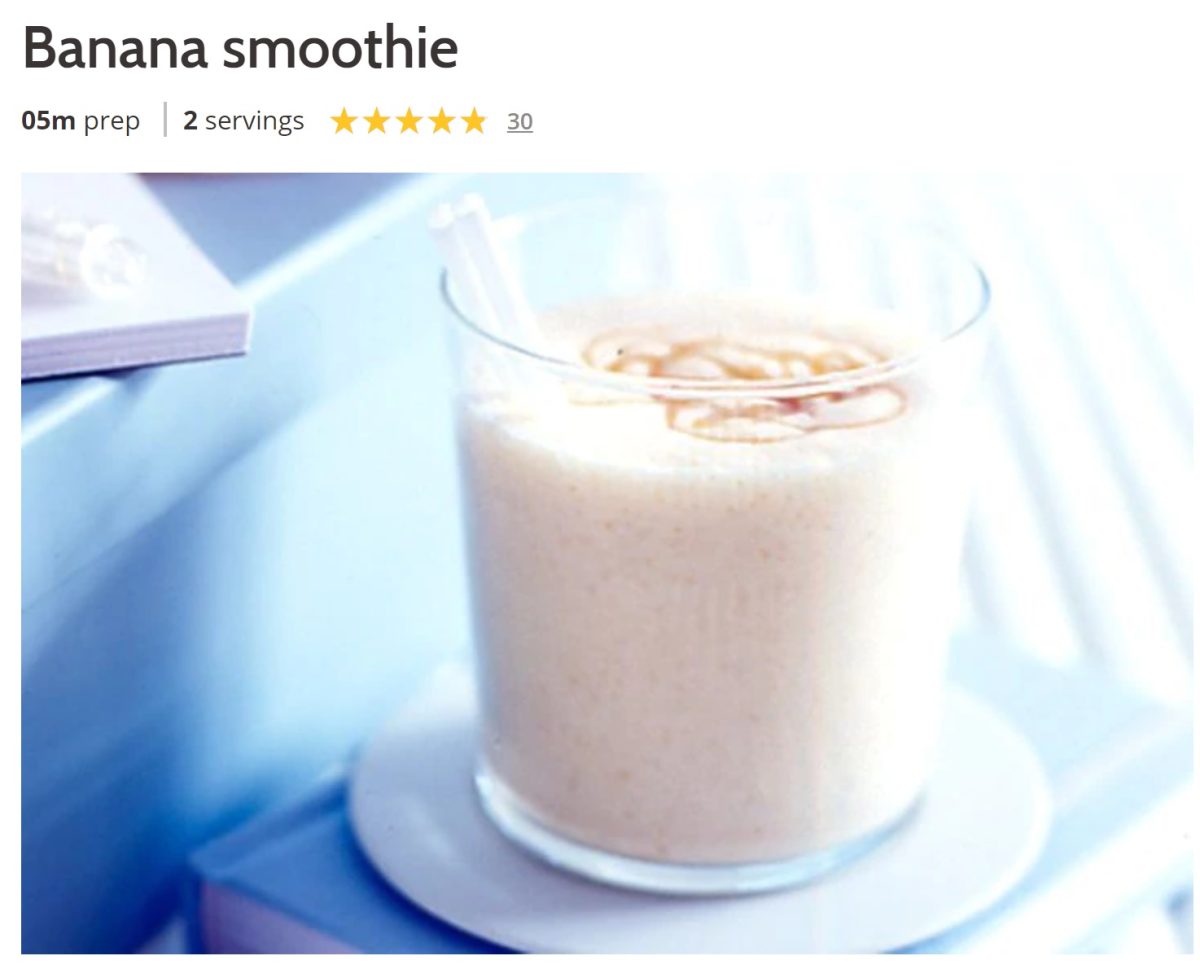Monday 17 January 2022
Once an injury occurs, most people generally know what to do, and have heard of R.I.C.E. (Rest. Ice. Compression, and Elevation).
Rest from any aggravating activities, put an Ice Pack on the injured area, whack a compressive bandage on it, (to minimise swelling), and lay on the lounge with the injured area elevated to help the swelling go down.
But then what?
A previous post on the Injury Recovery Process, found here, will explain what to do next.
After-all, the whole R.I.C.E thing only encompasses the first 3 days or so following injury. It’s what you do over the ensuing days and weeks that really matters!
And that’s moving through the Recovery Rotations of Mobility – Flexibility – and Strength (also explained the Injury Recovery Process post)

Importantly, diet can also be manipulated during these crucial phases of recovery to enhance your body’s healing mechanism. Specific nutrients introduced at just the right time, will have an incredible effect.
Seeing the right Dietitian will offer far more than just a weight-loss program.
The following recommendations have been put together by our resident Dietitian, Maddi Parsons. It offers a brief overview of some simple dietary adjustments that you can make to immediately decrease your symptoms, and improve your rate of recovery.
Recovery Rotation: Mobility
Mobility Phase: Focus on Anti-Inflammatory Foods
Immediately following injury, and during the mobility phase of your journey to recovery, reducing inflammation is key. Because of this, dietary intervention plays a vital role through introducing anti-inflammatory foods and reducing inflammatory foods in the diet.
Inflammatory foods include; alcohol, sugar, red meat and processed foods. These foods promote inflammation in the body. For this reason, to optimise your mobility by reducing inflammation in the body, it is recommended to reduce your intake of these foods.
Anti-inflammatory foods that reduce inflammation in the body include; salmon, walnuts, almonds, extra-virgin olive oil, turmeric, fruits and vegetables. Boosting your intake of these foods can be very beneficial in assisting not only your overall recovery journey but in particular optimising your progress through the mobility phase.
The anti-inflammatory properties of turmeric are only activated when combined with piperine. A great practical way to do this is by adding pepper when cooking with turmeric.
Click here for a simple recipe to include more anti-inflammatory foods into your diet.

Recovery Rotation: Flexibility
Flexibility Phase: Focus on Omega-3 Essential Fatty Acids, Vitamin C, Zinc and Protein
In the flexibility phase of your recovery process, there are several key nutrients that are beneficial to support your healing.
Omega-3 Essential Fatty Acids cannot be made by the body and so are needed in our diets. These are found in foods such as; salmon, flax and hemp seeds as well as walnuts. These have anti-inflammatory effects and can help reduce swelling, stiffness and pain around the joints.
The body’s connective tissue: ligaments, tendons, and also cartilage, is made up of collagen fibres. Collagen needs nutrients like Zinc and Vitamin C to be produced. Vitamin C rich foods include; citrus fruits, berries, red capsicum, kiwi fruit and tomatoes. Zinc rich foods include; legumes, meat, nuts, seeds and whole grains. A dietary intake high in these foods can support collagen production in the body and aid in improving the healing of connective tissue.
Also, collagen hydrolysate supplements can also improve joint mobility and decrease joint pain, especially in individuals with osteoarthritis and athletes.
Click here for a simple recipe to include more nutrients for flexibility into your diet

Recovery Rotation: Strength
Strength Phase: Focus on Protein
Protein is involved in repairing and building the muscles in our bodies. Because the overall goal in this phase of recovery is to build muscle, it is important that you are getting enough protein into your diet to fuel this process.
Protein rich foods include; meat, fish, eggs, lentils, chickpeas and beans.
A good rule of thumb is to include a protein-rich food in every main meal. Because our bodies are constantly repairing and building our muscles, this ensures that we are providing enough protein across the whole day to assist with this.
Aim for lean cuts of meat and those that are trimmed of as much fat when possible. Animal fat is rich in saturated fatty acids that can promote inflammation in the body and increase the risk of developing cardiovascular disease.
Click here for an easy recipe that is high in plant-based protein that the whole family is guaranteed to enjoy.

Fractures: Focus on Vitamin A, C, D & Calcium
After a fracture, focusing on rebuilding the bone is essential. A well-balanced diet in the following key nutrients can help speed up the recovery process.
Calcium & Vitamin D: Dairy foods are a great source of Calcium and we are lucky in Australia that we get majority of the Vitamin D we need from the sun. Fifteen minutes each day in the sun is enough to get the Vitamin D that our bodies need.
The Australian Guide to Healthy Eating recommends the following serves of dairy foods:
- Adults aged 18-50 years: 2 ½ serves/day
- Men aged 51-70 years: 2 ½ serves/day
- Men aged 70+ years: 3 ½ serves/day
- Women aged 51-70+ years: 4 serves/day
A serve of dairy includes;
- 1 cup of milk or calcium-fortified alternative milks
- 2 slices of cheese
- ¾ cup yoghurt
Women in particular are more susceptible to fractures in older age due to hormonal changes in menopause.
To reduce the risk of developing these types of fractures, make sure you are getting enough calcium into your diet through dairy or consuming other calcium-rich foods such as; chia seeds, broccoli, kale, salmon and almonds.
Not only is collagen needed for healthy joints, but it is also a building block for our bones. Vitamin C helps our bodies make collagen and helps the bone heal after a fracture. Vitamin C rich foods include; citrus fruits, berries, red capsicum, kiwi fruit and tomatoes.
Click here for an easy recipe to support your fracture healing.

The Common Denominator: The Mediterranean Diet
When adopting the above recommendations into your diet, one simple way of achieving these is by implementing a Mediterranean-style diet. This diet has also been shown to promote weight loss, improve heart health, reduce the risk of stroke and type 2 diabetes.
Although this style of diet is not strict, The Mediterranean Diet is typically based mostly on; fruits, vegetables, whole grains, legumes, nuts, seeds and healthy fats such as in extra-virgin olive oil. The Mediterranean Diet also recommends to limit added sugar, refined grains and processed foods.
The main feature of the Mediterranean diet when it comes to improving your injury recovery process is that it is rich in protein and anti-inflammatory foods as well as being low in inflammatory foods.
For more information on how to incorporate a Mediterranean-style diet into your life or for personalised dietary advice relating to a medical condition or injury, book in for a consultation today.

Maddi Parsons,
Accredited Practising Dietitian (APD)
